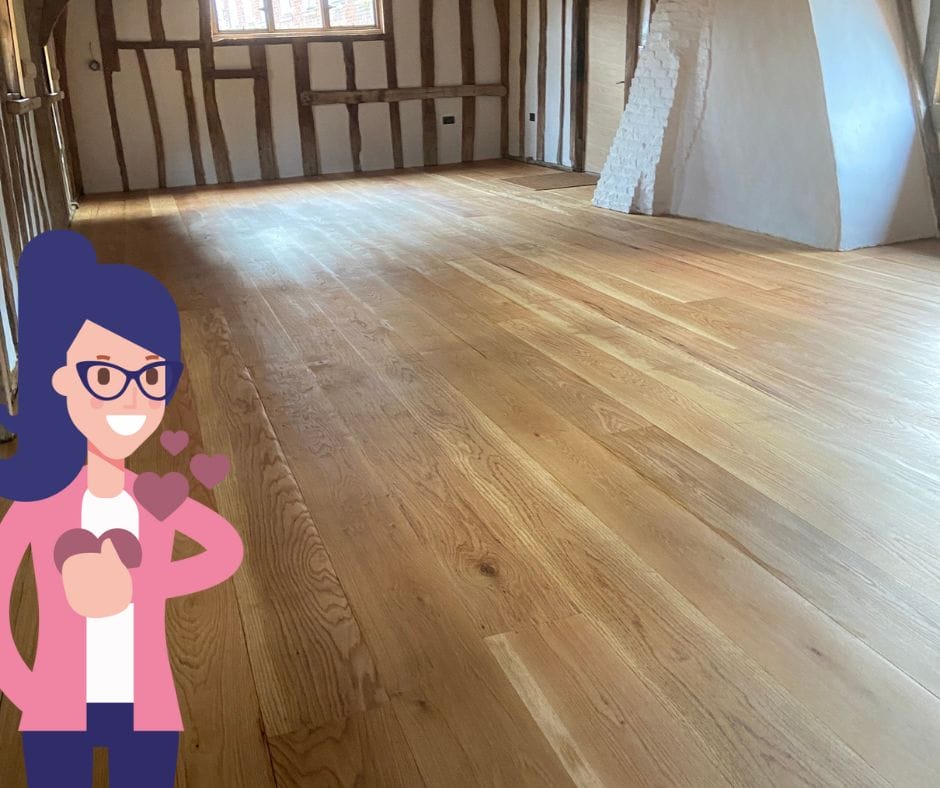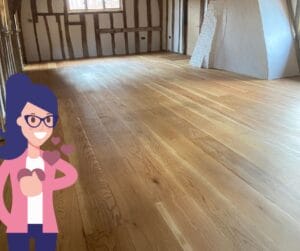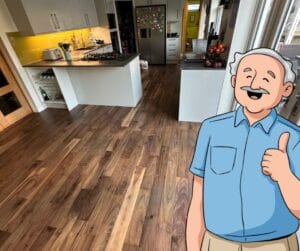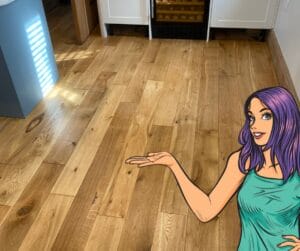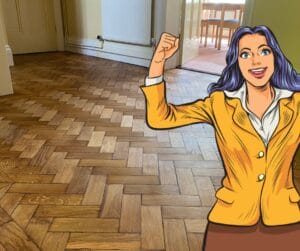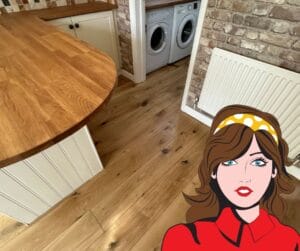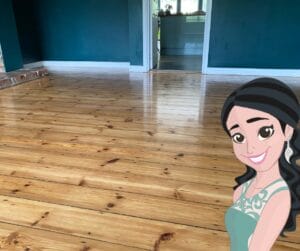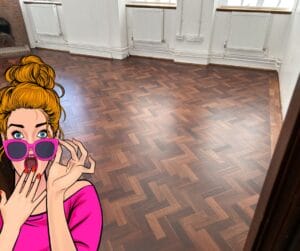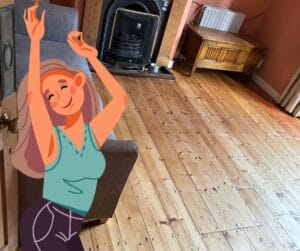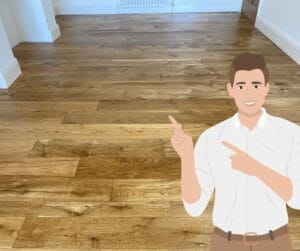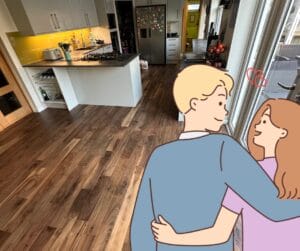What caretakers and building managers need to know – If you’re responsible for a church, school hall, or listed venue in or around Cambridge, restoring wood floors can feel like a risk. Will it damage the floor’s character and disrupt the space? Will it be safe? This short guide outlines what to expect… from dust control and scheduling to heritage-safe finishes and RAMS support.
Why public and heritage floors need different care
Many older wood floors… especially in churches, council buildings or listed homes… have lived through decades of use.
Unlike modern planks, they often have variable wear, original finishes, and floorboard gaps that need careful handling.
And in high-footfall spaces like school halls or village venues, safety and durability must be balanced with preserving the natural charm of the boards.
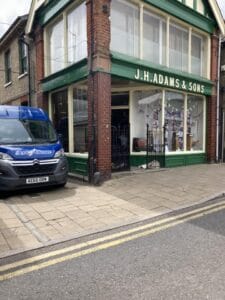
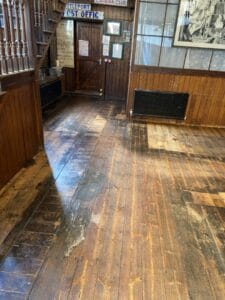
What happens during a professional floor restoration
We start by understanding the building’s needs. Heritage floorboards? Active classrooms or service times? Specialist ventilation? We work around your priorities.
Our team uses a dust-free sanding process, meaning there’s minimal mess… even in sensitive buildings like chapels or medical centres.
From sanding to finishing, the entire process is timed and scoped clearly.
We’ll talk you through whether lacquer or oil suits your needs, how long you’ll need to leave it before walking on, and what to expect from the final look. You can also see our wood floor restoration process here
And watch an example of what we have done here:`
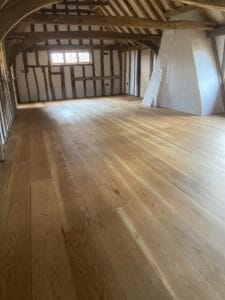

Can you restore during term time or between events?
Yes… with planning. For schools, we often complete hall sanding during holidays, or work after hours for smaller areas.
Churches and community venues often request early morning or evening sessions, and we’re used to working with these times.
Let us know your timetable, and we’ll build a quote that aligns.
If you need to present it to trustees or governors, we can provide RAMS (Risk Assessment & Method Statement) documentation on request.
Is sanding safe for historic or listed floors?
It can be… if done gently, with the right tools. We assess the condition and thickness of your wood floor before starting.
With listed or older properties, we often sand lightly to preserve patina, and recommend oil finishes that soak in rather than sit on the surface. This protects the character and reduces future flaking or damage.
You can also explore our three levels of wood floor restoration on the main Art of Clean site. This explains how we tailor care… from refresh-only to full sanding… based on the age, condition, and budget of each space.

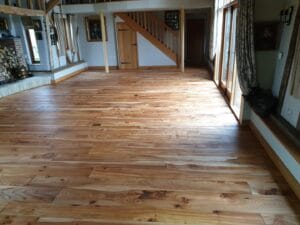
How we support caretakers and site managers
We know you don’t have time to chase contractors or guess what’s included. With us, you’ll receive a clear scope, simple communication, and the reassurance that we’ll turn up when we say we will.
- Dust control? Included.
- Out-of-hours available? Yes, with planning.
- RAMS and insurance details? Just ask.
- Need to brief a board or manager? We’ll help you get the wording right.
This is a specialist service. You don’t need to manage it all alone.
Key Takeaways
- Heritage floors can often be restored safely, no harsh sanding needed.
- We use dust-free equipment and low-impact finishes to reduce disruption.
- Out-of-hours work and school holiday schedules are available.
- You’ll get a full scope, timings, and RAMS to support internal approvals.
- You don’t need to know everything, we’ll walk you through what matters.
FAQs
Can you sand wood floors in listed buildings?
Yes… carefully. We’ll assess the condition and tailor the finish to suit conservation needs.
Is it dusty or smelly?
We use a dust-extraction system that keeps disruption low. Finishes are safe and ventilated.
Can you work during school term or service times?
We often work during school holidays or out of hours. Let us know what you need.
Do you provide RAMS documents for councils or schools?
Yes… just let us know who needs them and when.
How long will the floor be out of use?
Most floors can be used again within 24–48 hours, depending on the finish.
If you’re planning to restore wood floors in a school, church or heritage space in or near Cambridge, we’re here to help you scope it clearly, with no pressure and full support. Let’s plan it properly together.

